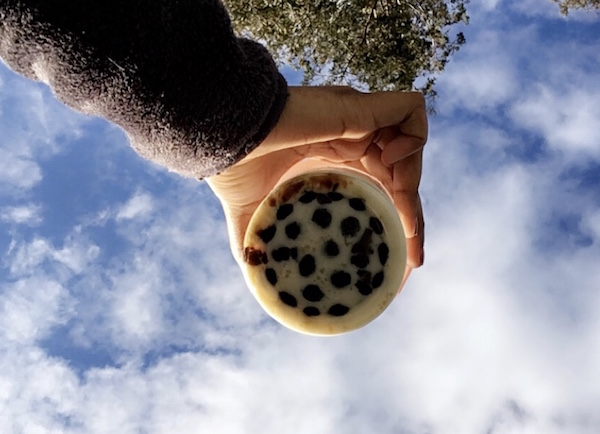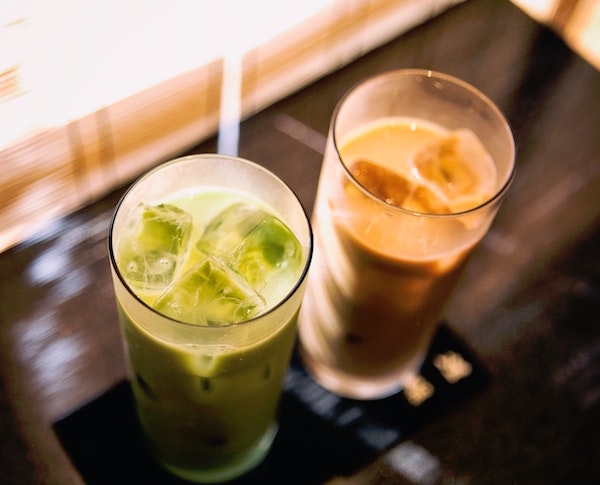A Boba Adventure for Students in the Bay Area

As a student in the Bay Area, life is inevitably hard. School stress, endless exams, and sleep deprivation mark the everyday lives of high schoolers. With every test and assignment, it often feels like a never-ending cycle of despair and sorrow. Luckily, to my avail, I have finally found little lights lining the inside of my dark tunnel.
The one thing that can alleviate the pain while simultaneously providing a much-needed dosage of social activity between classes and homework is getting boba (otherwise known as bubble tea) with friends. Nothing acts as a better cure to a mini, recurring, 20-year premature midlife crises than tasting the soothing herbal and fruity flavors provided by freshly brewed tea and sucking the chewy tapioca balls that rest at the bottom of your cup through a thick plastic straw. Being an extremely versatile drink, buying boba is not simply a purchase- it’s an adventure.

To start off your boba adventure, you need to find out how much you are willing to invest. Prices usually range from $3 to $6 depending on where you go and what you order. Places such as Cafe Lattea, Tea Era, and Fantasia probably offer the cheapest, most standard drinks, while investing a little more at places such as the Moo Bar and Teaspoon bring a little more to the table with better aesthetics and apparently better tasting boba.
While the cheaper places do have good drinks, nothing can compare to the tumblresque paintings of happy cows on windows and walls, serving as an ideal background for instagramming your drink, or the slogan “enjoy life, one tea spoon at a time” plastered on boba cups. All in all, the more expensive drinks are more expensive for the unique experiences their stores promise. You get what you pay for.

Photo by Rob Bye / Unsplash
Once you’ve chosen where you want to go, you’ve got to decide what tea and flavors you want. You can choose from milk tea or regular tea. Usually, the tea flavors will be green, black, oolong, and jasmine, and the milk will be soy, full fat, or even ice cream. Flavors are in the form of syrups that are stirred in the milk. Some places let you choose flavors from a variety of options. For example, T-Pumps has choices from raspberry to gingerbread, proving to be the perfect place for people who like to customize their order with wacky combinations. Other places have traditional pre-designed drinks for less risky taste buds, like milk foam green tea or sparkling rainbow peach from Gong Cha. Furthermore, some places spice up the appeal of their drinks by giving them fun names. A “Thai me a River” at the Moo Bar consists of Thai tea and horchata.

Photo by Jisu Han / Unsplash
No boba drink is complete without toppings. Depending on where you go, the boba you get in your drink can be one of many kinds: white tapioca pearls, black tapioca pearls, or even popping boba. But you are severely mistaken if you assume toppings are limited to boba. In addition, people enjoy tapioca noodles, cooked sweet potato, fruit flavored or grass flavored jellies, actual pieces of fruit, and much more floating in their drinks. Some boba places, such as Happy Lemon, even add whipped and salted cheese to the top of their drinks, and to my surprise, it is quite popular. And you can never go wrong with the Moo Bar's tradition of wrapping cotton candy until a big ball is formed on the upper part of the drinks' straws.

Photo by Alison Marras / Unsplash
As high schoolers, and really anybody at all, finish their boba adventures by taking hearty sips from their cups, it is evident that this newly welcomed convention is a practice making its mark in the history of the Bay Area. Having been first created in Taiwan in the 1980’s, the fact that drinking boba has now spread overseas and thrived across the world is truly phenomenal. From where I am, boba has ignited a new tradition and culture amongst the youngsters of the 21st century, and I can’t wait to see how the iconic drink continues to attract large crowds of people and, for people like me, serves as a necessary distraction from school.
Sign up for FD's newsletter
The freshest stories from the food and dating world every week.




